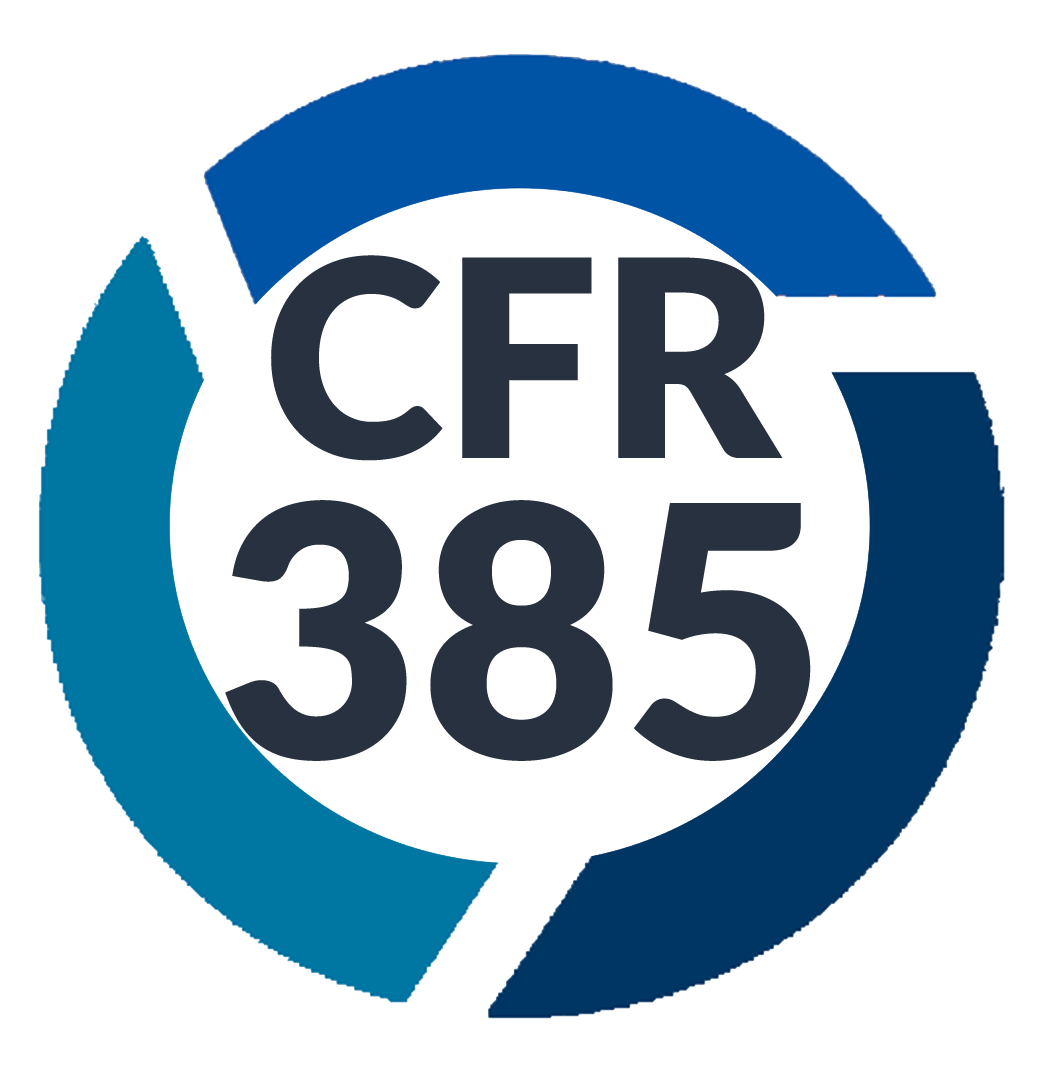SUSPICION CERTIFICATE
The Department of Transportation (U.S. DOT) requires all covered employers to provide reasonable suspicion drug and alcohol testing to employees in safety-sensitive positions (CFR 382.307). This training website provides comprehensive information on reasonable suspicion testing, including what it is, when it should be conducted, and how to identify signs of drug and alcohol use. If you're a supervisor, you're required to complete the required Reasonable Suspicion Online Training.

